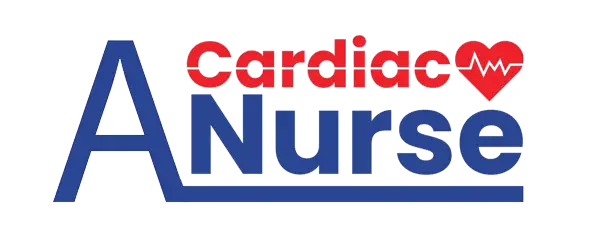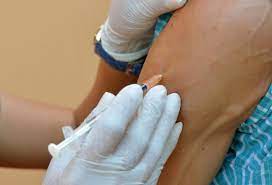A Guide to Normal Sinus Rhythm for Nurses
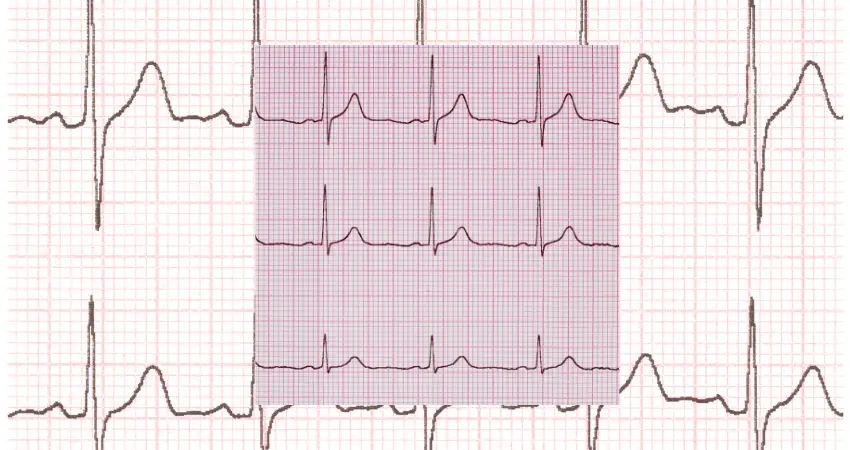
Introduction: Why Normal Sinus Rhythm Matters
Normal Sinus Rhythm (NSR) is the heartbeat pattern your heart should follow when everything is okay. For nurses, a deep understanding of what NSR is and how to recognize it is vital. It’s like the baseline or ‘normal setting’ for the heart. Once you know this, you can quickly identify when something is off, which can be crucial for patient care.
What Happens During Normal Sinus Rhythm?
Electrical Signals Start in the SA Node
The Sinoatrial (SA) Node, often called the heart’s natural pacemaker, sends out an electrical signal. This signal is what kicks off a heartbeat.
Signal Travels Through the Atria
The electrical signal quickly moves through the atria, which are the top chambers of your heart. This causes the atria to contract and push blood into the ventricles, the heart’s lower chambers.
The AV Node Gets Involved
The signal then slows down a bit when it hits the Atrioventricular (AV) Node. This slight delay lets the ventricles fill up with as much blood as possible from the atria.
Signal Moves to the Ventricles
After that little pause, the electrical signal moves on to the ventricles. It travels along special pathways that help spread the signal quickly and evenly.
Ventricles Contract
Once the ventricles get the signal, they contract. This pushes the blood out of the heart. The blood then goes to the lungs to pick up oxygen or to the rest of the body to deliver oxygen.
Heart Resets for the Next Beat
After the ventricles contract, everything relaxes and the heart fills with blood again. This sets things up for the next heartbeat, and the whole process starts over.
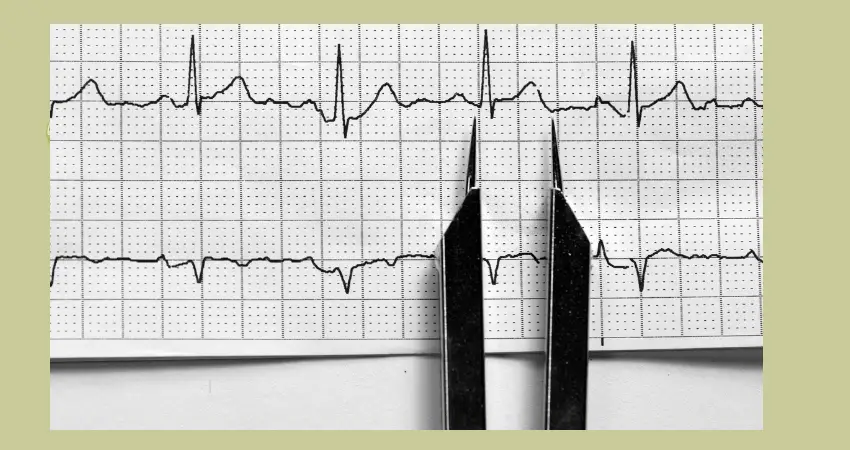
What the ECG Shows
When you look at an Electrocardiogram (ECG) during normal sinus rhythm, you’ll see:
- P-Wave: Shows the atria contracting
- QRS Complex: Shows the ventricles contracting
- T-Wave: Shows the ventricles relaxing
Understanding the Basics of Normal Sinus Rhythm
Heart Rate Range
In adults, a heart rate between 60 and 100 beats per minute (bpm) is considered normal. Kids and athletes might have different ranges, so keep that in mind.
Rhythm Consistency
The beat should be regular. That means the time between each beat should be the same or close to the same. No weird pauses or super quick beats in between.
P-Waves on the ECG
P-Waves are tiny blips on an ECG reading that come right before the big spikes, called QRS complexes. These should be present and look pretty much the same each time.
Tools for Identifying Normal Sinus Rhythm
Electrocardiogram (ECG)
An ECG is a machine that shows you the heart’s electrical activity. When you look at the ECG:
- Check the rate: Count how many QRS complexes (the big spikes) you see in a 10-second strip and multiply by 6.
- Look at the rhythm: Are the beats evenly spaced?
- Identify P-Waves: Make sure there’s a P-Wave before each QRS complex.
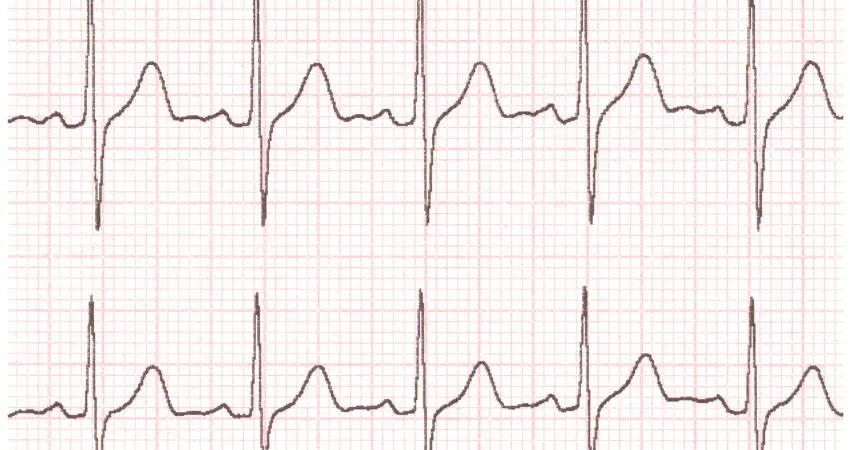
Stethoscope
Sometimes old-fashioned methods work well too. Place the stethoscope on the chest and listen. Count the beats for one full minute or for 15 seconds, and then multiply by 4. The beats should sound regular, and the rate should be within the normal range.
When It’s Not Normal Sinus Rhythm: Next Steps
Tachycardia
If the heart rate is over 100 bpm, it’s called tachycardia. This could mean the heart is working too hard.
Bradycardia
A heart rate under 60 bpm is called bradycardia. The heart might not be pumping enough blood to meet the body’s needs.
Arrhythmia
If the heart rhythm isn’t regular, it’s called an arrhythmia. This could be a sign of several different problems and needs immediate attention.
What to Do?
- Call for Help: Always consult with a doctor if you notice an abnormal rhythm.
- Immediate Care: Some conditions require quick action, like administering medications or preparing for procedures like cardioversion (electric shock to the heart).
- Long-Term Treatment: Some patients may need ongoing treatment like medication or a pacemaker.
Conclusion: The Nurse’s Role in Monitoring Normal Sinus Rhythm
Normal Sinus rhythm is a normal rhythm. Knowing what normal sinus rhythm is, helps you know when a patient is stable and when they might be in trouble. If you notice something is off, your quick actions can make all the difference in the patient’s treatment and recovery.
Remember, you’re not alone. Work with your medical team to ensure the best outcome for your patients. Always keep learning and stay updated on the latest guidelines to provide the best care possible.
Sources
Related Articles
Nursing diagnosis for heart failure
Nursing diagnosis for Parkinson disease
Are DNP doctors?
Can LPN do botox and fillers?
WHOL medical abbreviation
ALS Nursing Care Plan
Phyllis Robinson MSN, RN is a Registered Nurse of 27 years. Phyllis is passionate about the prevention and healing of heart disease using traditional and alternative methods. She has experience in emergency room, telemetry, infusion, and critical care. Phyllis currently practices in an intensive care unit.
